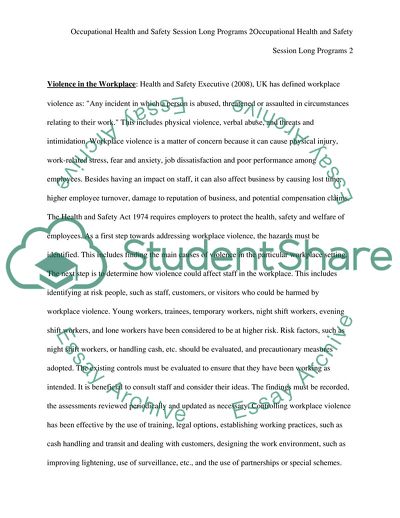Cite this document
(Occupational Health and Safety Session Long Programs Assignment, n.d.)
Occupational Health and Safety Session Long Programs Assignment. https://studentshare.org/human-resources/1721664-occupational-health-safety-slps
Occupational Health and Safety Session Long Programs Assignment. https://studentshare.org/human-resources/1721664-occupational-health-safety-slps
(Occupational Health and Safety Session Long Programs Assignment)
Occupational Health and Safety Session Long Programs Assignment. https://studentshare.org/human-resources/1721664-occupational-health-safety-slps.
Occupational Health and Safety Session Long Programs Assignment. https://studentshare.org/human-resources/1721664-occupational-health-safety-slps.
“Occupational Health and Safety Session Long Programs Assignment”. https://studentshare.org/human-resources/1721664-occupational-health-safety-slps.


